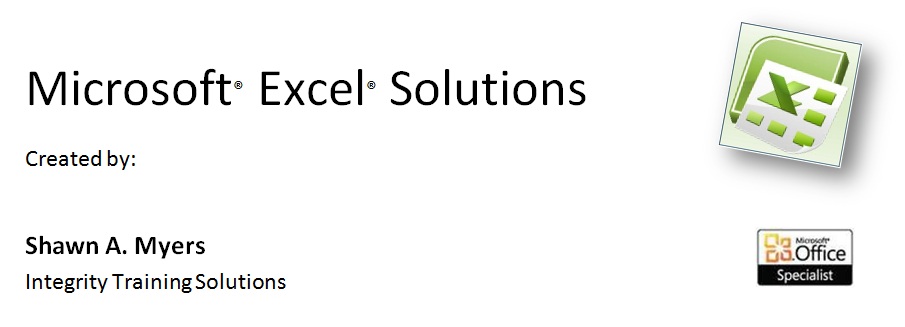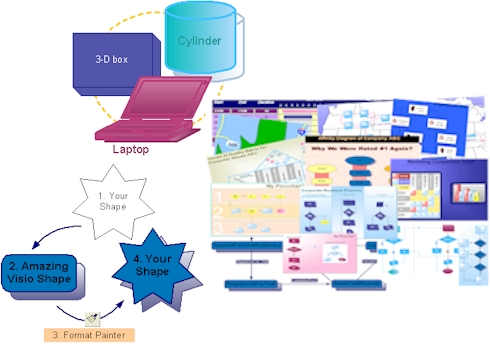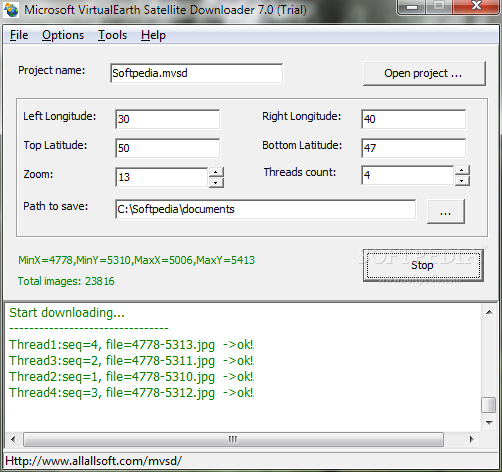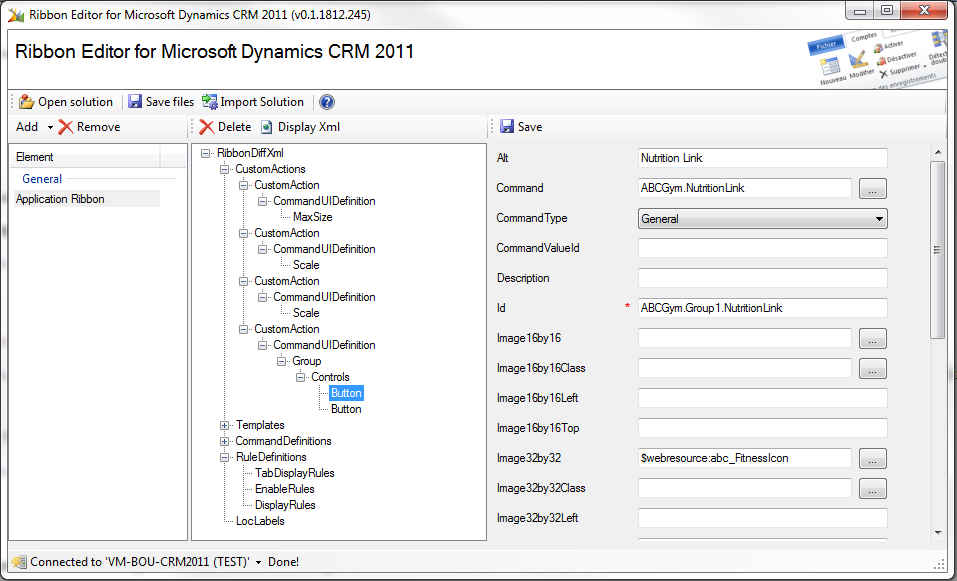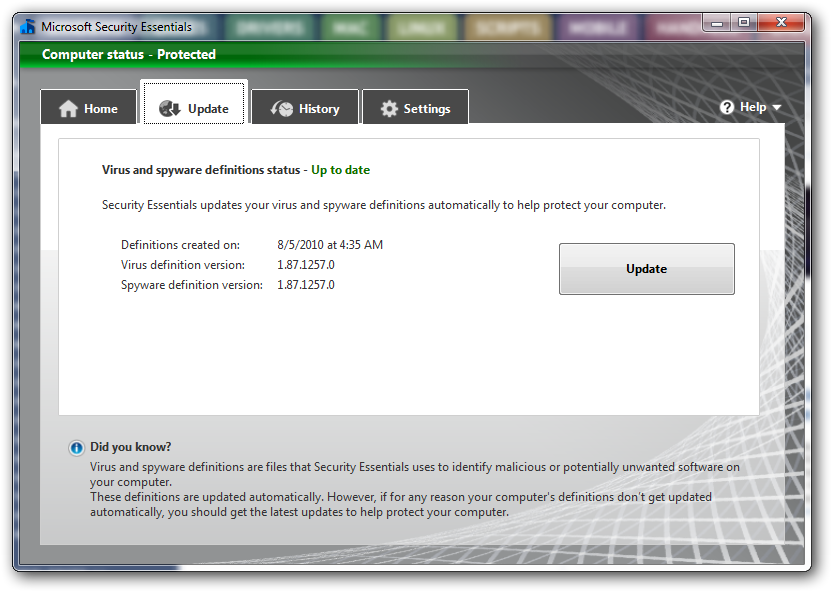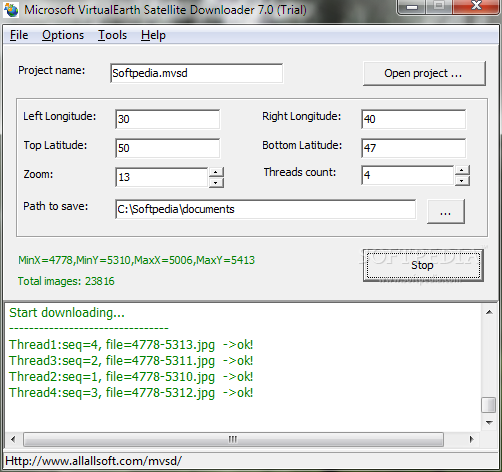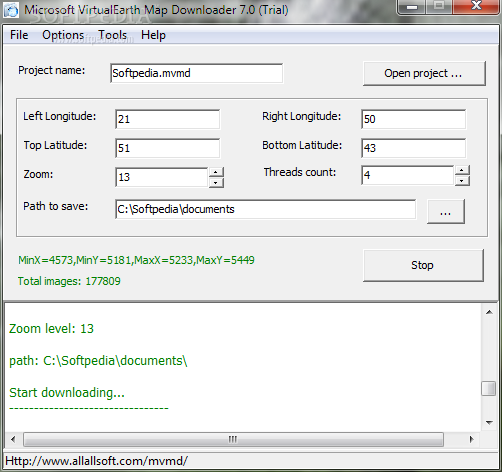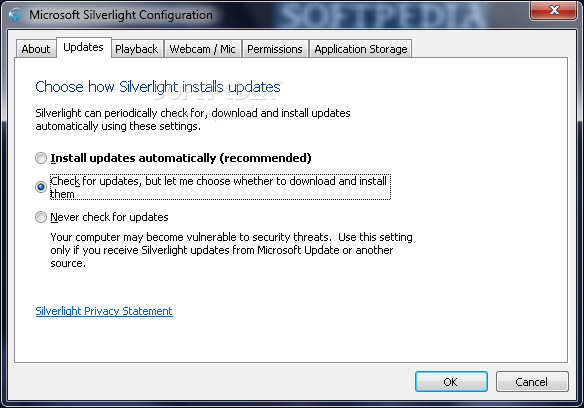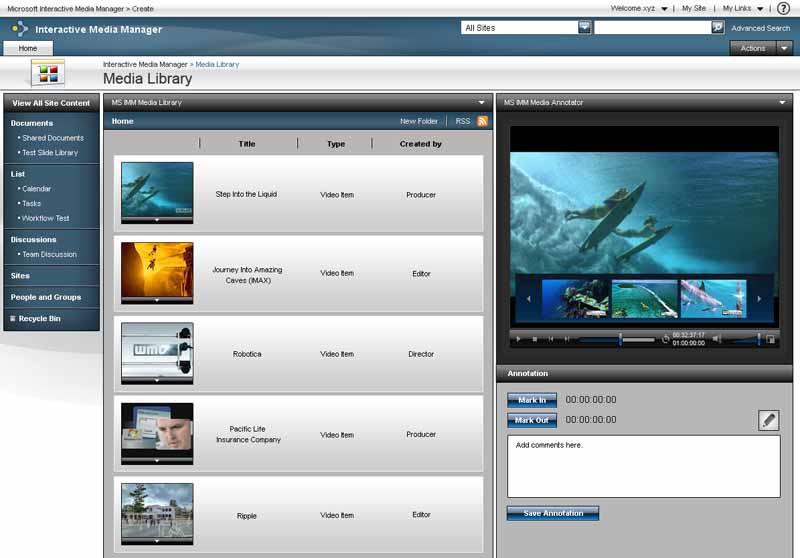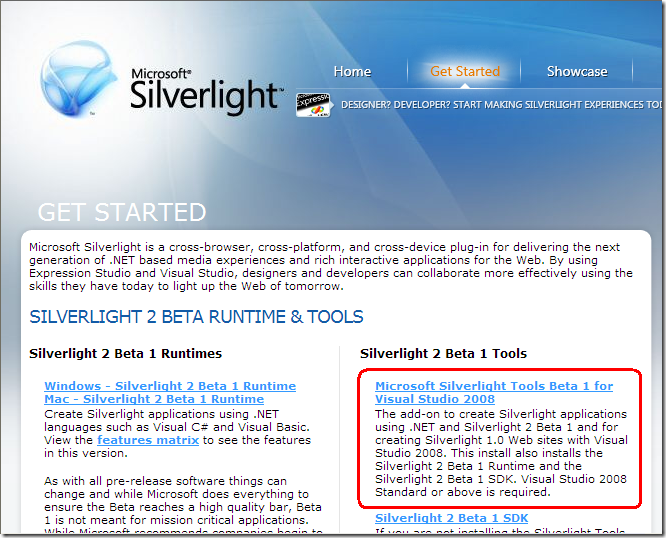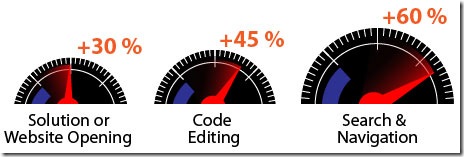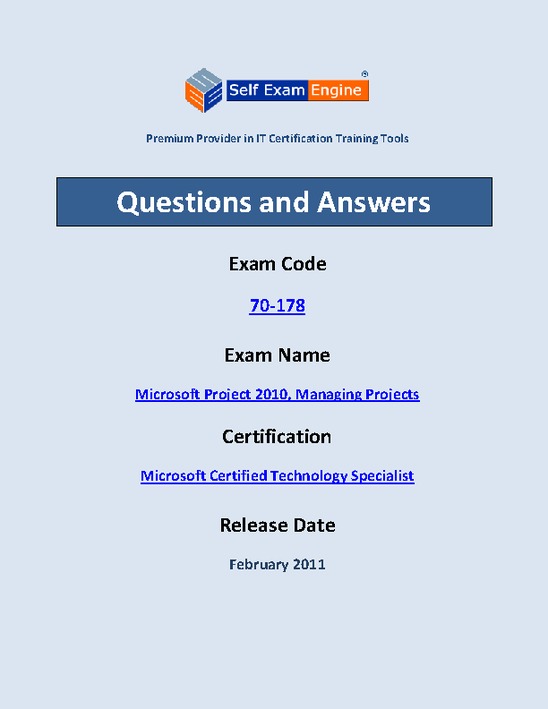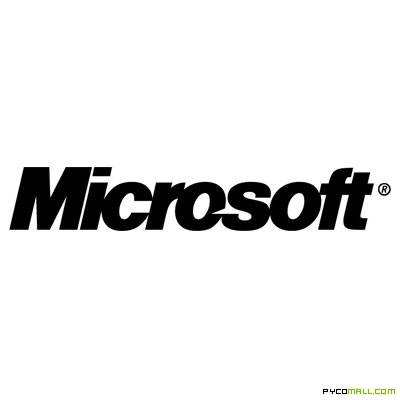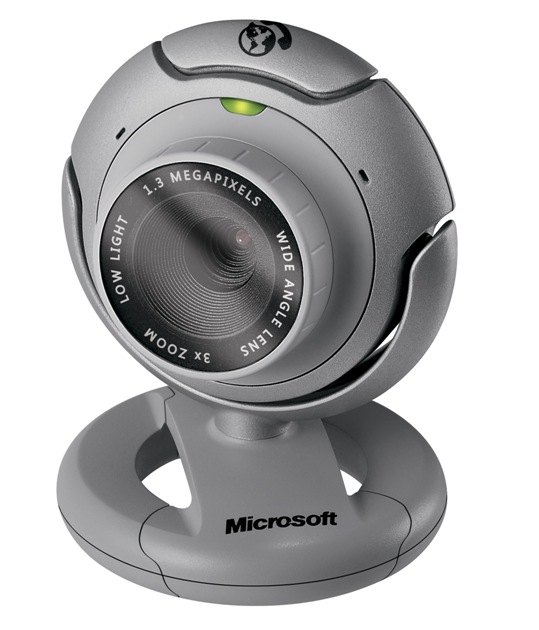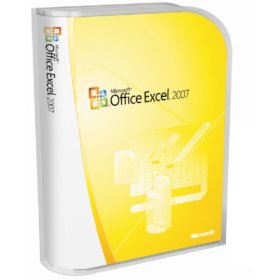Search Results for: microsoft
Microsoft Excel Solutions
These Microsoft Excel files were created to provide users with ideas for how to create business management and analysis worksheets. To get the most out of these sample files, click on the individual cells within the worksheets and study the formulas and functions. You will also find
Read moreMicrosoft Excel Solutions
Amazing Visio for Microsoft Visio
Amazing Visio is a toolset to add true power to your Visio drawings:
1) Easy Publish: To easily and effectively publish your drawings online (to Web) and offline (such as to Word and PowerPoint).
2) Easy Stencil: To make your Visio drawings truly effective and amazing with
Read moreMicrosoft-Office-2007-Blue Edition
Microsoft VirtualEarth Satellite Downloader 7.72
Download Microsoft VirtualEarth satellite maps images and combine them
Microsoft VirtualEarth Satellite Downloader is an easy to use and powerful software application that can help you download satellite images from Microsoft VirtualEarth. All downloaded small images are saved
Read moreRibbon Editor for Microsoft Dynamics CRM 2011 0.1.1820.262
Ribbon Editor makes it easier for developers and customizers to edit Microsoft Dynamics CRM 2011 ribbons. You'll no longer have to know by heart all ribbon capabilities to customize it.
You still have to understand how a ribbon works. This application is not a wizard, it is really
Read moreMicrosoft Security Essentials & ForeFront Client Security Definition Updates 1.113.32.0
This package will help you install the latest Microsoft ForeFront Client Security definition updates.
mpam-fe.exe
Antimalware Full + Engine package (for x86, amd64, ia64)
Contains engine (mpengine.dll), mpasbase.vdm, mpasdlta.vdm, mpavbase.vdm, mpavdlt.vdm, mpsigstub.exe.
Microsoft VirtualEarth Satellite Downloader 7.61
Microsoft VirtualEarth Satellite Downloader is an easy to use and powerful software application that can help you download satellite images from Microsoft VirtualEarth. All downloaded small images are saved on the disk. You can view downloaded maps by Satellite Viewer Or you can combine
Read moreMicrosoft VirtualEarth Map Downloader 7.61
Microsoft VirtualEarth Map Downloader is a powerful and easy to use software utility than can help you download map images from Microsoft VirtualEarth. All downloaded small images are saved on the disk.
You can view downloaded maps by Map Viewer Or you can combine them into a big
Read moreMicrosoft Silverlight 5.0.60818.0 RC
Microsoft Silverlight is a powerful tool for creating and delivering rich Internet applications and media experiences on the Web. Silverlight 5 builds on the foundation of Silverlight 4 for building business applications and premium media experiences. Among other capabilities, the
Read moreMicrosoft Silverlight SDK 5.0.60818.0 RC
Silverlight is essentially nothing more than Microsoft's vision of a cross-browser, cross-platform plug-in designed to be the source of rich online user experiences and to dislodge Flash from its current dominant position on the market. And when the Redmond company said cross-platform
Read moreMicrosoft Silverlight Tools for Visual Studio 2010 SP1 10.0.40219.342
The Microsoft Silverlight Tools for Visual Studio package is an add-on for Visual Studio 2010 to provide tooling for Microsoft Silverlight 5 Beta and Microsoft WCF RIA Services V1.0 SP2 Preview (April 2011). It can be installed on top of either Visual Studio 2010 Service Pack 1 or
Read moreMicrosoft StyleCop 4.6.0.0 Alpha / 4.5.25.0 RTW
Analyzes C# source code to enforce a set of style and consistency rules.
Microsoft StyleCop was designed to analyze C# source code to enforce a set of style and consistency rules. It can be run from inside of Visual Studio or integrated into an MSBuild project
The general
Read more70-178 – Microsoft Project 2010, Managing Projects 2.0
The 70-178 prepkit provides you with everything you need to pass the 70-178 exam. It covers all the exam topics and objectives and will prepare you for success quickly and efficiently.
The 70-178 exam is very challenging, but with this prepkit, you can feel confident in obtaining
Read moreMicrosoft StyleCop 4.6.0.0 Alpha / 4.5.25.0 RTW
Microsoft StyleCop was designed to analyze C# source code to enforce a set of style and consistency rules. It can be run from inside of Visual Studio or integrated into an MSBuild project
The general idea is to enable the tool for all of your solutions, but disable the tool from
Read moreMicrosoft Office Web Apps Browser Plugin 1.0
An add-on that enables Office documents to be opened directly from Firefox into the appropriate Office desktop application
Microsoft Office Web Apps Browser Plugin is a Firefox extension designed to enaple you to open documents with the assciated Office software.
If you have
Read moreMoonSols HyperTaskMgr for Microsoft Hyper-V R2 1.0
Task management for Hyper-V administrators
MoonSols HyperTaskMgr for Microsoft Hyper-V R2 is a new generation Task Manager for IT Professionals to manage Windows Virtual Machines running under Microsoft Hyper-V R2 Hypervisor.
MoonSols HyperTaskMgr for Microsoft Hyper-V R2 is
Read moreMicrosoft Camera Codec Pack 16.0.0652.0621
Enables the viewing of a variety of device-specific file formats
Microsoft Camera Codec Pack was designed to implement the possibility to view a variety of device-specific file formats in Window Live Photo Gallery as well as other software that is based in Windows Imaging Codecs
Read moreDuplicate Remover for Microsoft Excel 2.6.4.607
Remove duplicates from a list, compare two lists for duplicates or uniques
With Duplicate Remover for Microsoft Excel you can easily remove duplicates from your Excel worksheets or find unique entries. You will be able to search for duplicates in one range or compare two lists
Read more